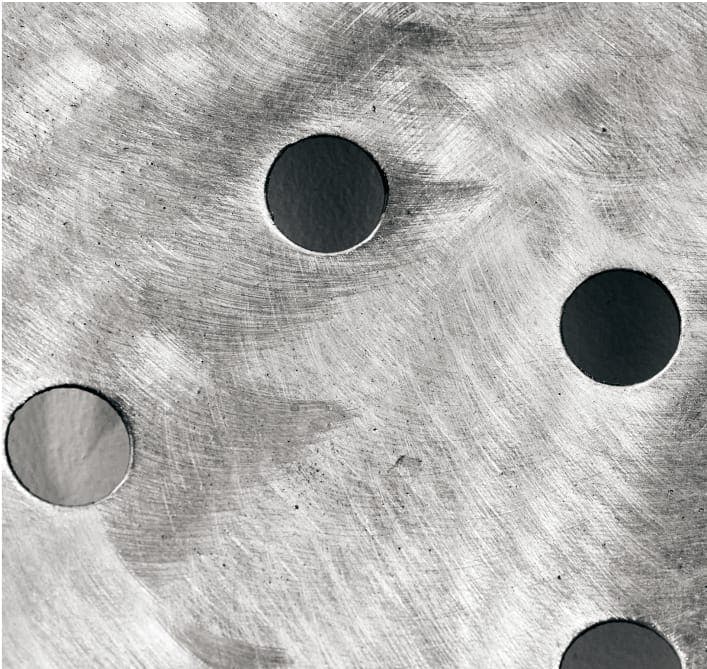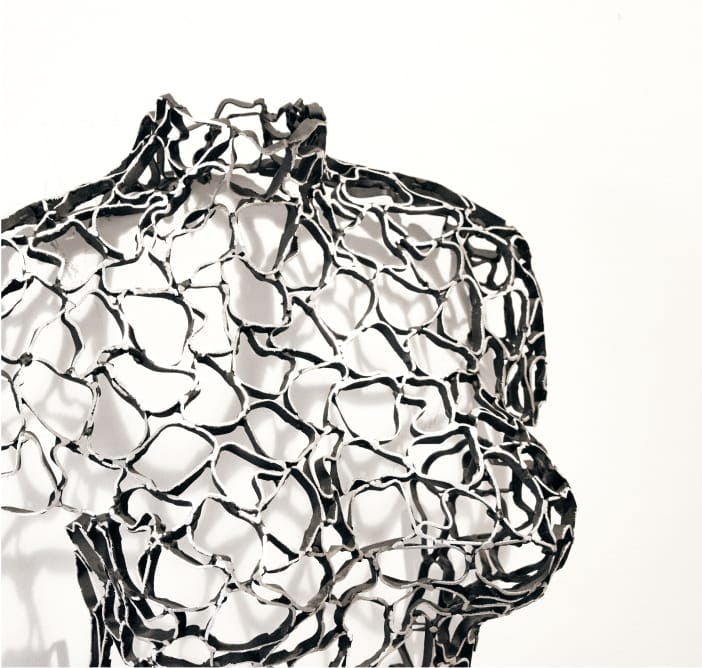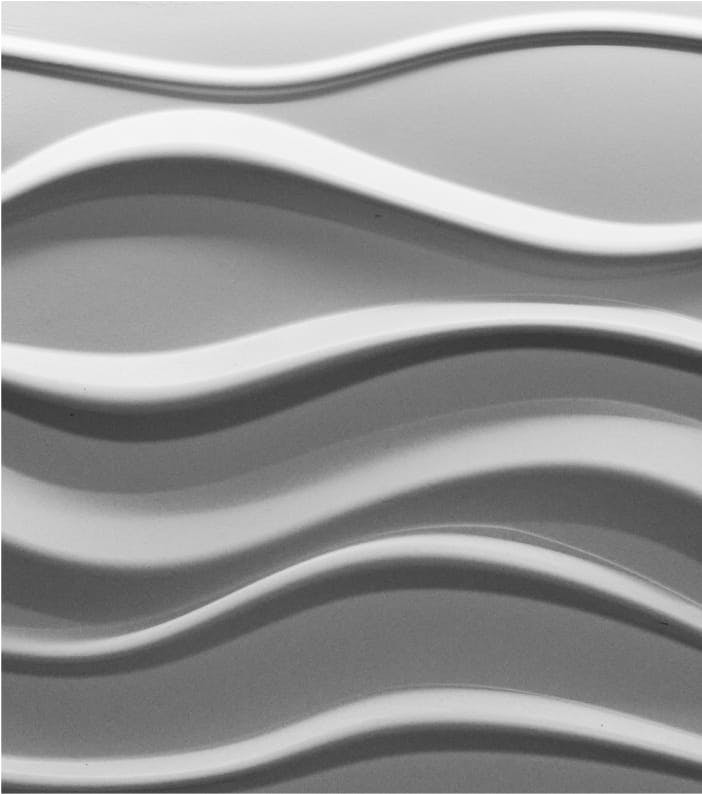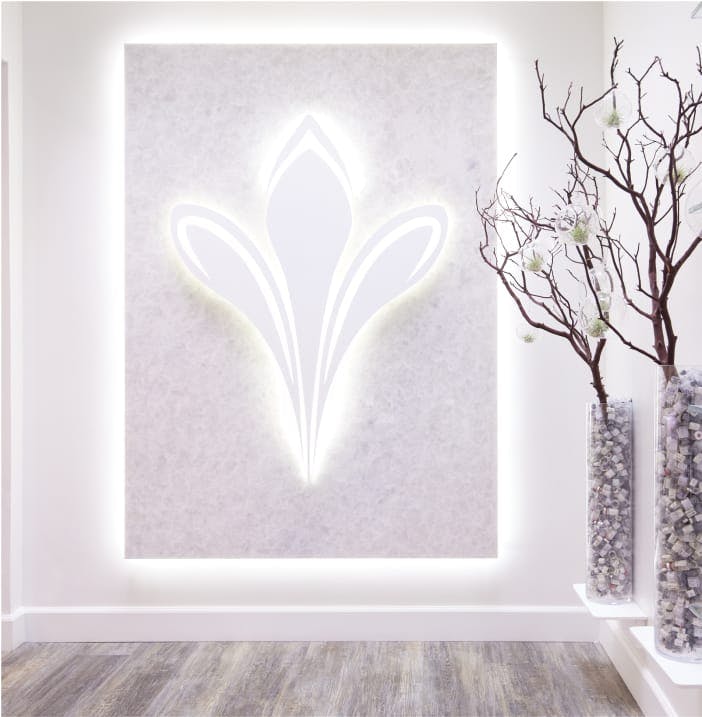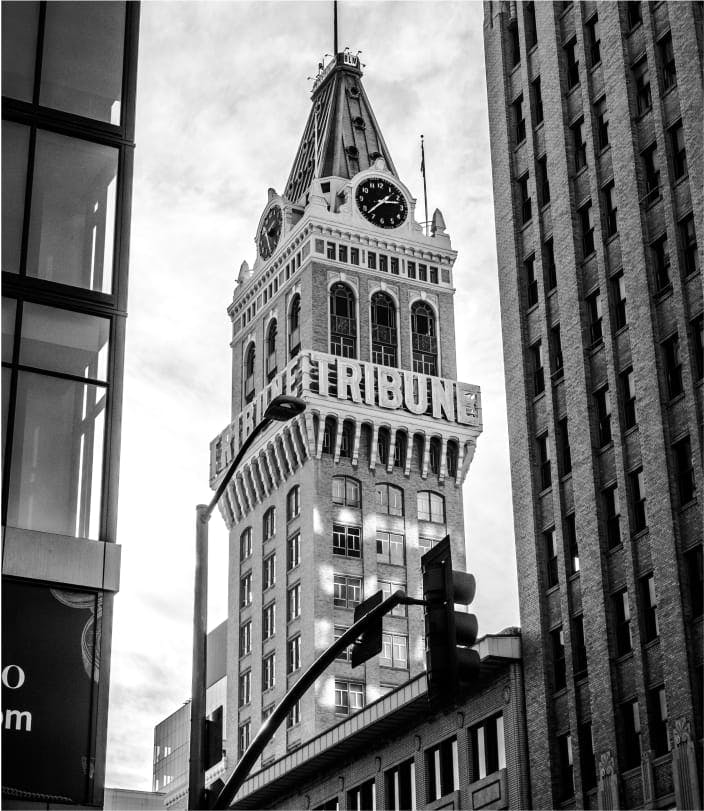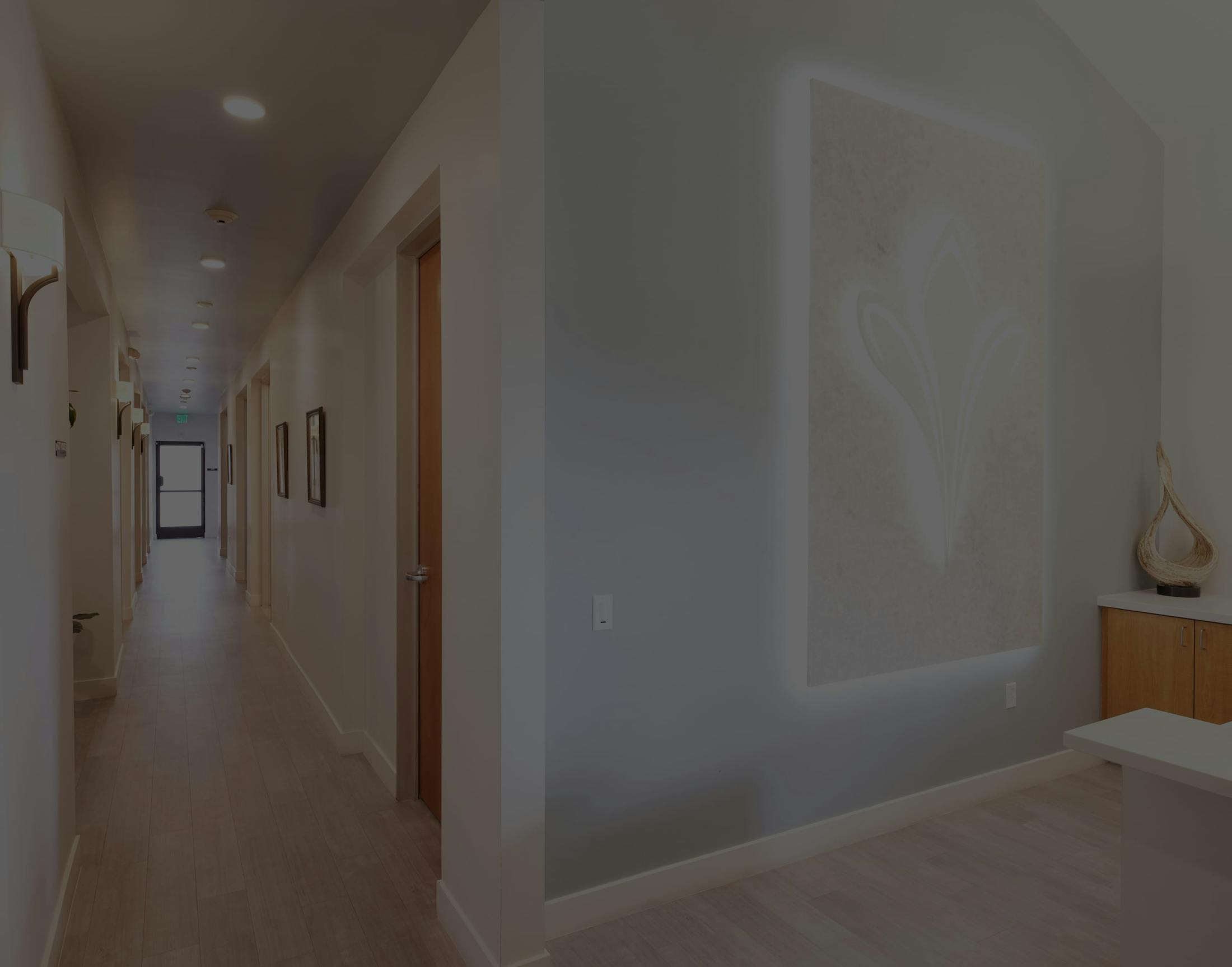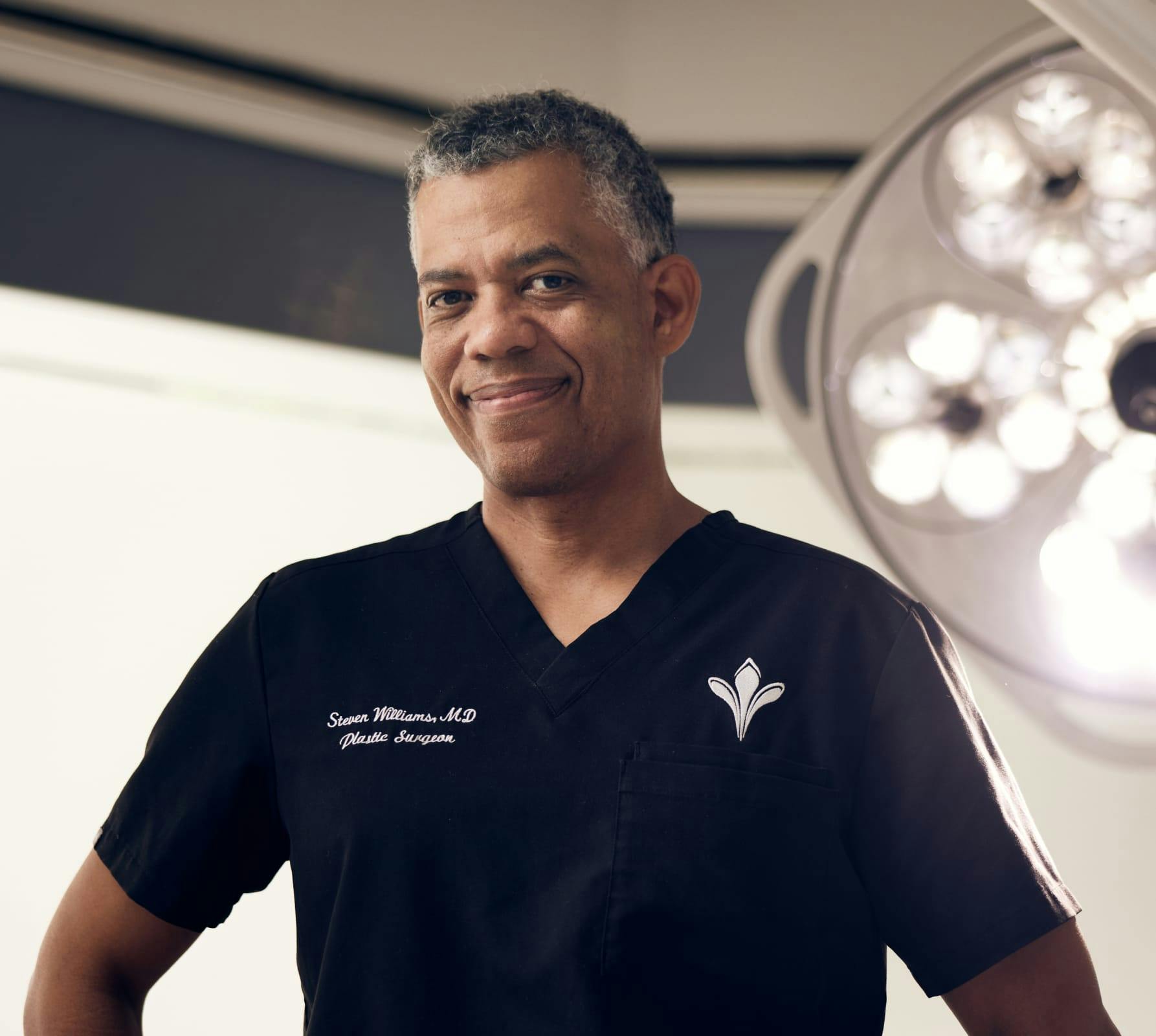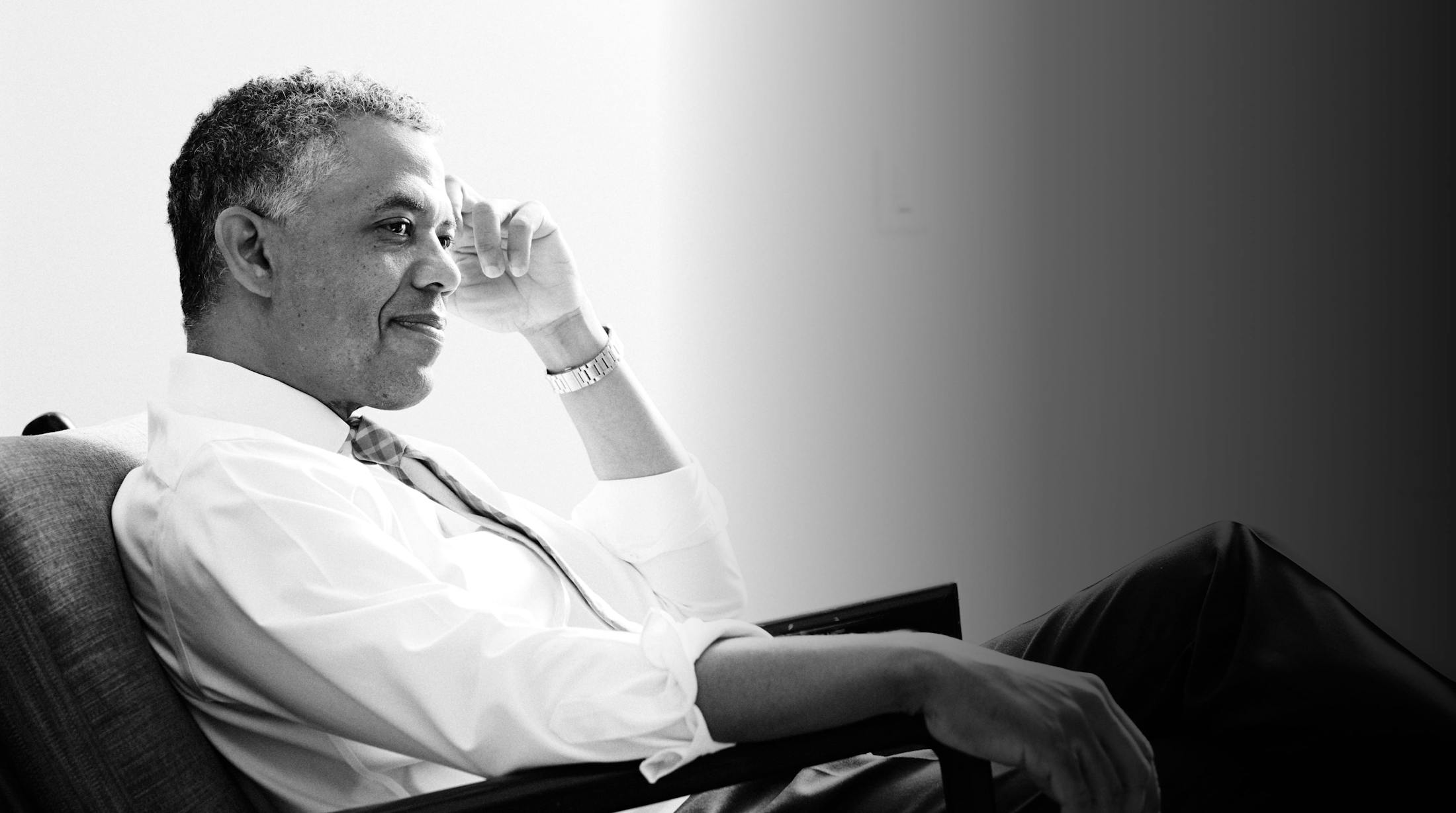We are leaders in breast enhancement, body sculpting, and facial cosmetic surgery, serving the entire San Francisco Bay area. Whether you live in the Bay Area or are coming in from out of town, we’re happy to answer any questions you may have on your path to your new self. Schedule an intro call with us today to take the first step towards realizing the look you’ve always wanted for yourself.
Blepharoplasty at Tri Valley Plastic Surgery
Tri Valley Plastic Surgery in Dublin, CA, offers Oakland and Bay Area residents a variety of treatments that effectively make the eyes appear lifted and wider. Blepharoplasty, canthopexy, or upper and lower fat transfer or repositioning can give you the bright, youthful look you deserve. Dr. Steven Williams is a highly respected Northern California surgeon with a reputation for providing thousands of surgical and non-surgical patients with stunning results.


